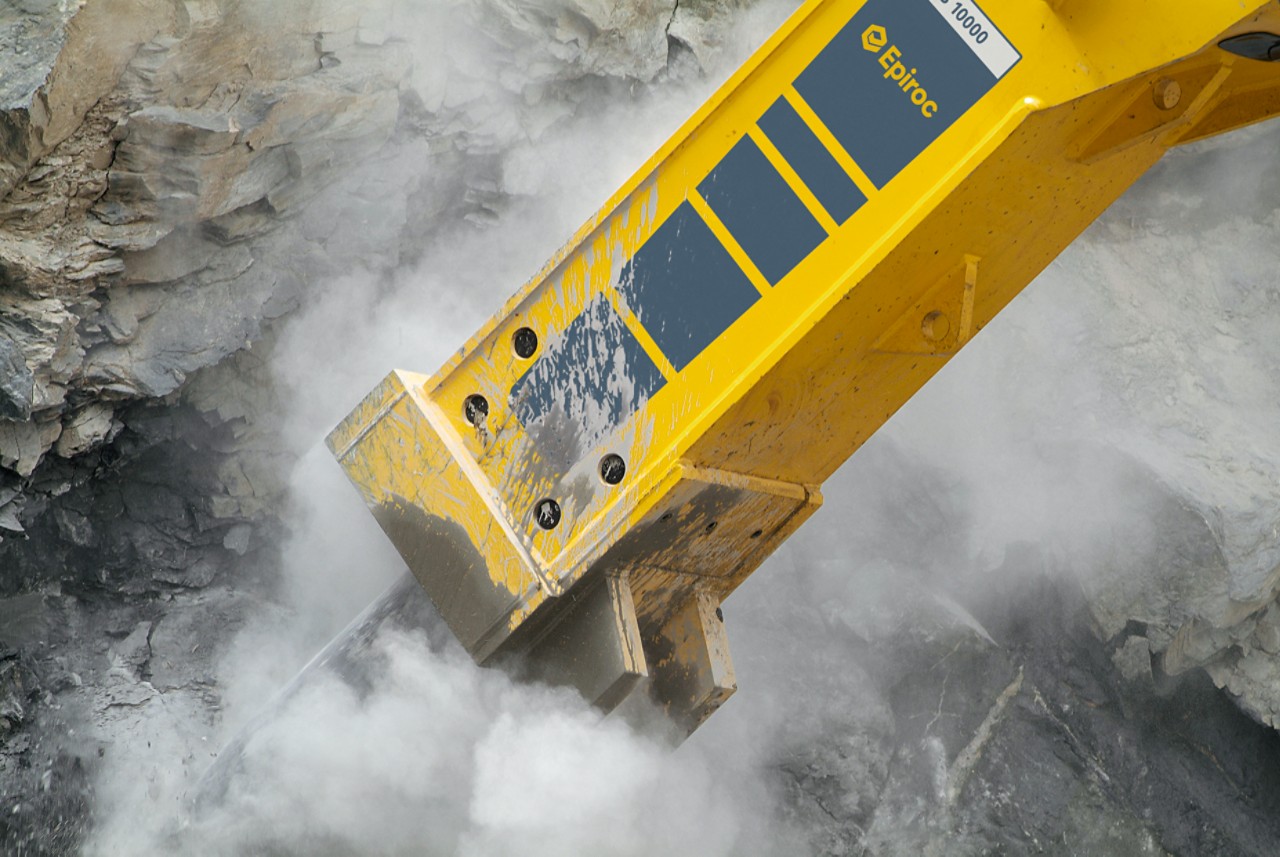Purchasing a hydraulic breaker shouldn't be compared to buying a mattress. Understanding its internal components is entirely feasible.
Although numerous factors come into play, one question commonly asked by contractors is the level of impact force a breaker can deliver, or more precisely, its power or impact energy.
This might seem like an easy task, by visiting a website or reviewing a brochure to find accurate impact energy information. However, comparing breakers based on power ratings mentioned in product literature is far more challenging than one might imagine.
A typical specification sheet for a breaker includes various essential statistics such as impact rate, working tool diameter, operating specifications, weight range of compatible excavators or carriers, and on some an impact energy class. But when these power output claims rely on calculations or estimates, things become more complex.
What unit of measurement describes impact energy? How is that value determined and by whom? Is the data reliable? In 1991, these questions prompted the Association of Equipment Manufacturers (AEM) to develop a universal testing system, providing consumers with an objective standard for comparing hydraulic breakers. This resolved the dilemma of quantifying power output.
Unfortunately, the AEM testing system worked so well that only a few breaker companies continue to promote the standardized impact energy ratings. Consequently, buyers have been left in a difficult predicament for several years. They encounter power specifications from different manufacturers that seem to be based on the same unit of measurement, foot-pounds, but are actually comparing apples to oranges.
If the specifications do not indicate an AEM-certified rating or are categorized as a foot-pound "class," then the figures are essentially manufacturer estimates and lack a concrete basis for comparison. As we will see, these estimates can vary significantly.
In the past, before hydraulic breakers, workers used pneumatic-powered breakers categorized by weight. For example, a 90-foot-pound hammer weighed 90 pounds. In 1963, Krupp Berco Bautechnik patented a hydraulic percussion mechanism, and in 1966, they produced the first hydraulic breaker in series. Other companies entered the market as well. Following the tradition of pneumatic breakers, most hydraulic breakers were categorized based on a foot-pound number similar to their service weight. For instance, a 1,000-pound hydraulic breaker was marketed to have an impact energy output of around 1,000 foot-pounds.
However, weight alone is an imperfect measure as it fails to account for operating principle, power input, efficiency, and other factors influencing performance. As more manufacturers entered the market, they sought ways to differentiate themselves from the competition.
.jpeg?width=1280&height=852&name=HB%202000%20(3).jpeg)
As technology advanced, manufacturers introduced "new and improved" breakers, claiming to deliver more foot-pounds of impact energy than their actual weight in pounds. The problem was that the methods used to measure these values remains unknown outside the publishing companies. In each case, the numbers are arbitrary, some manufacturer’s even state on their literature that the ft lb class is not related to the impact energy.
Without knowledge of the test procedures, neutral parties had no means to prove or disprove a breaker's published power rating. Consequently, consumers had to make decisions based on seemingly comparable foot-pound class measurements that, in reality, were obtained through different methods.
Recognizing the need for a standardized rating system, several manufacturers joined forces through the Construction Industry Manufacturers Association (CIMA), now the AEM, to establish the Mounted Breaker Manufacturers Bureau (MBMB) in 1990.
One of MBMB's main objectives was to develop a universally applicable method for calculating breaker energy output, irrespective of brand or size. Some manufacturers had used scientifically valid physics equations and formulas previously. However, crucial information required for accurate calculations remained unknown, preventing the generation of precise test results. MBMB faced the challenge of creating a standard that produced meaningful and replicable data.
Eventually, MBMB determined that the most appropriate method for rating breakers was to measure the energy at the tool steel (optional).
Learn more about Epiroc Hydraulic Breakers here.


